Why Heirlooms Seeds Matter
Many people have started to learn about Heirloom vegetables, with the tomato being the main introduction. Heirloom seeds, along with heirloom herbs and flowers have seen a tremendous growth in the past few years. There is a mindset that heirlooms are delicate, fragile varieties that need lots of love and the perfect conditions to grow and thrive. That’s just not right! This fallacy comes from a couple of places- one is the conventional seed companies that have a vested interest in selling the “seed du jour”, which is most often a hybrid or has some GM trickery to it. Hybridization is not terrible in some cases, if you know what you’re getting yourself into. GM or genetically modified seeds are the closest thing to kissing the devil as most of us will get. Another place is garden centers, again where they sell commercially available strains of vegetables, and have the financial interest in selling you THEIR stock, not some back-woods variety that they know nothing about. Where does the plant knowledge in most garden centers come from? Why, the suppliers of course! Why would the suppliers give their garden center customers information about a plant/seed that they don’t carry?
So just what is an Heirloom seed/plant/variety anyway, and why should the average gardener care, much less an apartment/duplex/city dweller? The standard definition of “heirloom seed” is one that has been saved by multiple generations, generally accepted as being older than 50 years. Now the question arises- if an heirloom variety is fragile and demanding, how in the world did it survive for 50 years, much less hundreds or thousands, as some of our varieties have? The answer is obvious- they aren’t fragile at all! They have been saved by generous people looking to keep the variety alive and pass it on to new generations. The seeds that we have today are the result of careful selection for the earliest, hardiest, juiciest, best tasting, most healthy and heat/cold/disease tolerant varieties that were grown. They have had the luxury of time to adapt, and to fine tune the adaptive qualities that the hybridized and engineered varieties just don’t have. If an heirloom plant doesn’t do so well the first year- SAVE THE SEED! Plant it next year and you will be surprised at the difference in performance. This is the adaptive quality that can’t be bred for or engineered into a species. It takes years, sometimes hundreds to fully develop this trait.
As hybrid and genetically modified seeds take over the marketplace and our gardens, we may enjoy a few benefits such as a new color or improved, short-run disease resistance, supposedly improvements on the original plant. But to “improve” a plant in one way usually requires the subtraction of an original characteristic. Generally hybridized versions sacrifice fragrance in flowers, flavor in vegetables, and potency in herbs. What do you think happens to the nutritional qualities when they are developed to be shipped over 1200 miles to market? Why does the most basic back yard tomato beat the pants off of the fancy supermarket ones in looks and taste?
We don’t agree with this trade-off! In many cases the original varieties were far superior in looks, flavor and long-term disease resistance.
More benefits of the heirloom plant community are the diversity, the wonderful variations in color, shape, size and most importantly- TASTE! A lot of gardeners that try heirloom seeds find that the taste is the most compelling reason to continue and expand their plantings. They are amazed to find that different tomato varieties actually taste different, unlike the seedlings that they have gotten in the past. This opens up a new world of gardening- one of planting for the kitchen, and planning menus around the garden. This is one of the focal points that we want to develop- the synergy and symbiosis of the garden and kitchen, no matter the size of either. A small window box planting can greatly improve the flavor of the food with fresh herbs and a vegetable or two. As the size of the garden increases, the opportunities to be more creative also expand exponentially! We will be delving into this and more!
Another focal point is the soil that everything is grown in. We see that the symbiosis of the best seeds and the best soil will result in the best produce- whether vegetable, herb or flower. One part of the equation is the seed. This has been addressed with the heirloom, open pollinated and organic stock that we use and sell. The other part of the equation is the soil. Once we start growing or building the soil, then magic can REALLY happen! By improving the quality and health of the soil, we improve the quality and health of everything that follows. We find that the produce has higher nutrient content, thus improving our own health and well being. This starts a circle of improvements that branch outward in many areas. We will also look at this more in depth in upcoming blog posts.
We’ve had a lot of questions on the meaning of the funny name we chose for our company- Terroir Seeds. What is Terroir? In its most basic form, it means soil, or the place where something is grown. Terroir is a term used by the American wine community for a decade or so, but it really dates back to the 1850’s in France. It was originally used to mean the taste of the place where the crops were grown. This makes perfect sense to us, as we want to close the seed/soil circle and bring focus to the soil part of the equation. Terroir Seeds… Soil Seeds… Soil/Seeds. Make sense now?
Please let us know what you think- leave a comment here, visit our website, or send us an email. We would love to hear from you, as we want to open a conversation with our customers and create a community of growers that are all trying to make this a better, tastier world to live in!



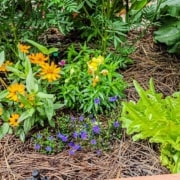 © 2024 Terroir Seeds | Underwood Gardens
© 2024 Terroir Seeds | Underwood Gardens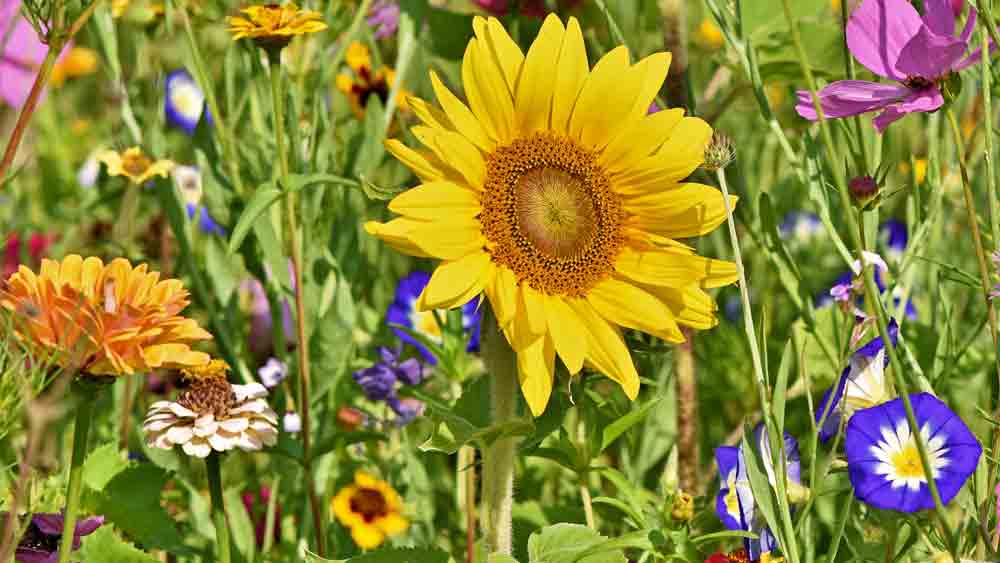
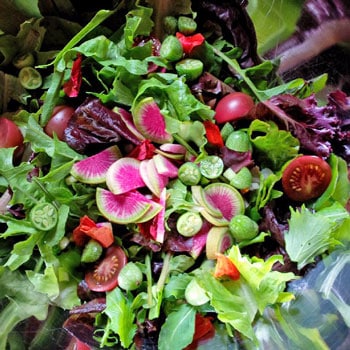
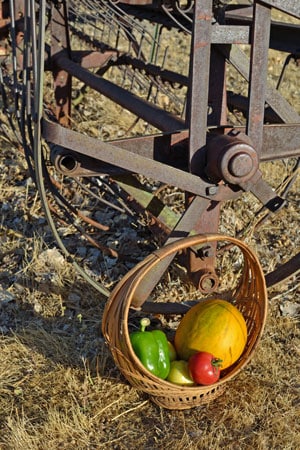
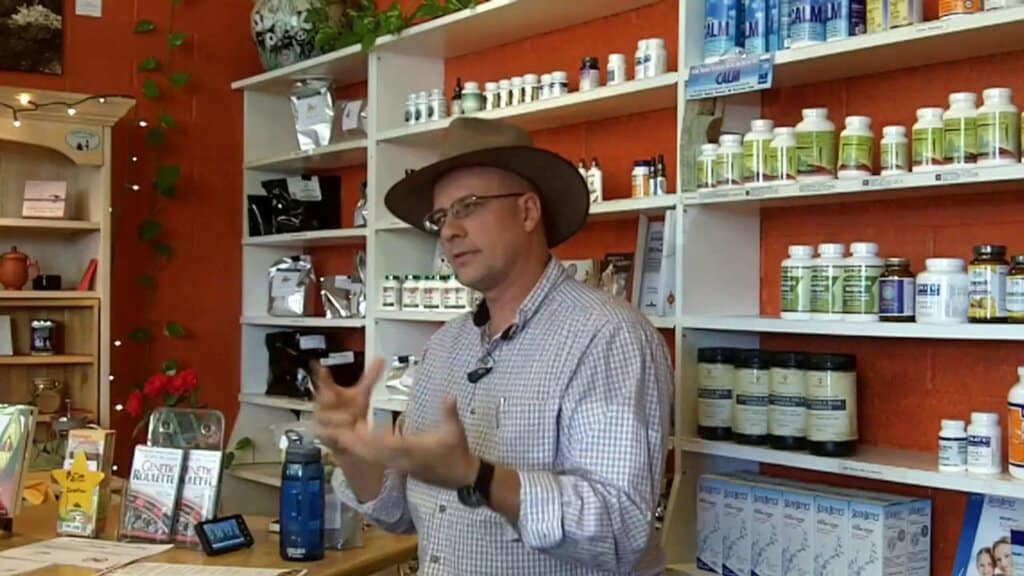


Keep up the good work. I live in the UK and have just started a vegetable garden with my children. We are trying to use only heirloom seeds as I think it is incredibly important to not only teach the young how to grow their own food, but how to collect and store the seeds for the future.
Mwyn,
Exactly why I was searhcing for nasturtium seeds. I thought this would be a great beginner seed saving project for first time children gardeners in a low-income community garden.
Great website here – I’ll be reading more soon.
Anna
http://thelemonlady.blogspot.com/